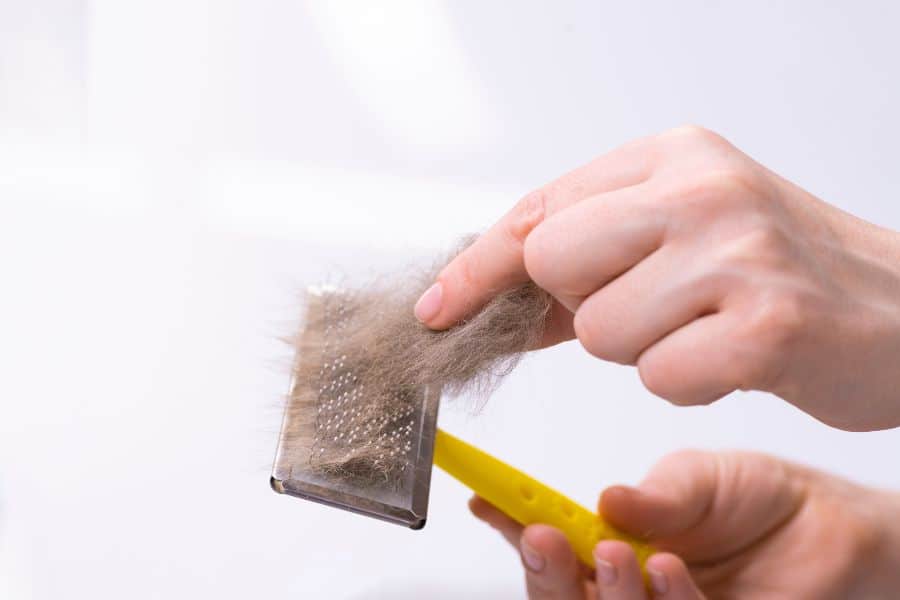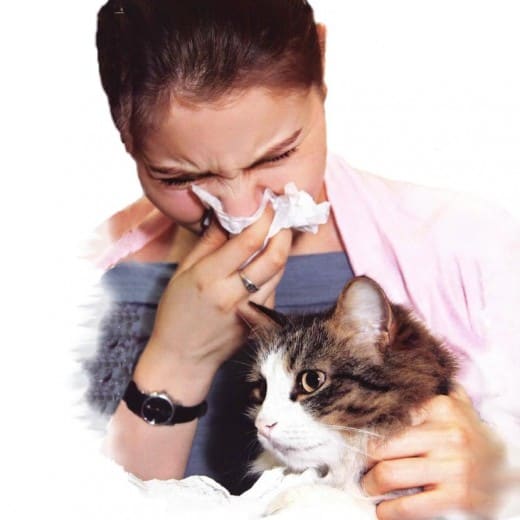If you have pets in your home, you also have pet dander. Pet dander is small, even microscopic, flecks of skin emitted by cats, dogs, birds, and other animals with fur or feathers.
Pet dander can cause asthma attacks and allergic reactions in people who are sensitive to allergens.
Table of Contents
Which Animals Act the Biggest Problems?
The biggest problems are cats and dogs. Cats are kept as pets in 27 percent of houses in the United States, and dogs are 32 percent. About 10% of the U.S. population has pet allergies, and cats are among the most famous culprits. Cat allergies are double as common as dog allergies.
Animals with fur can be more likely to bring allergens from other sources, like dust, but the fur itself is generally not a trigger.
For that reason, short-haired or hairless animals contribute dander and allergens to indoor air pollution just as efficiently as long-haired animals do. There is no such thing as a non-allergenic dog or cat.
How Do Pet Allergens Occur?

Pet allergens are very microscopic in size and rough in shape. That is why pet allergens easily attach to furniture, bedding, fabrics, and many things carried into and out of the home.
Pet allergens remain suspended in the air for a long time, longer than allergens from cockroaches or dust mites.
Animal dander is easily reached at home and in public places like schools and hospitals. They can be found even in homes and buildings without pets.
Do Pet Allergens Affect Health?
For some people, yes, and for some, no. For example, if people are allergic to pets or have asthma caused by pet allergens.
Breathing animal allergens can worsen respiratory symptoms and lead to a drop in the strength of the lungs to function—the attention of an allergen required to cause a reaction varies hugely by an individual.
People with allergies may experience upper and lower respiratory tract symptoms, including congestion, sneezing, runny nose, chest tightness, and wheezing. Other symptoms are itching, watery eyes, and eczema or rashes.
Is It Possible To Control Pet Allergens?

The best way for sensitive people to protect indoor air quality is to remove the animals from the home. Remember that pet allergen may stay in the home for months after the pet is gone because the allergens remain in house dust. In addition, allergy and asthma symptoms may take weeks to improve.
There is a possibility of keeping animals still. In that case, don’t let them into a bedroom. Do not allow the pet on furniture, and keep the pet away from carpets. Better don’t use them at all.
Regular cleaning also will help you. Keep your floors fresh. Use a vacuum cleaner with a HEPA filter to reduce lead concentrations in your home and get rid of pet dander.
Keep a healthy level of humidity. Keep humidity between 30 to 50 percent to keep pet dander and other allergens under control.
Also, you can use an air purifier. Air purifiers remove contaminants from the air in a room.


